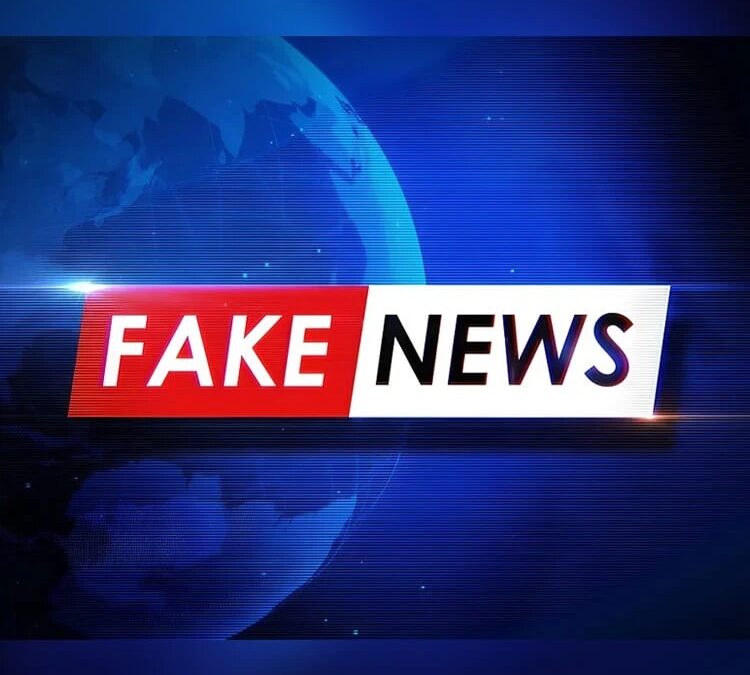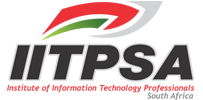With a huge number of elections scheduled worldwide in 2024, Josine Overdevest, Chairperson of IITPSA Social & Ethics Committee highlights the enormous risk of the technology-enabled rapid spread of fake news and our role as IT professionals in combatting it.
Already in 1710 Jonathan Swift wrote: “Falsehood flies and truth comes limping after it”. I was reminded of this quote when I read an MIT research study from 2018 that concluded that false news stories are 70 percent more likely to be retweeted than true stories are. It also takes true stories about six times as long to reach 1,500 people as it does for false stories to reach the same number of people. And although the same study finds that humans and not bots are primarily responsible for the spread of misleading information I think it is safe to say that the fast development of digital technology and social media networks only accelerates this rapid spread.
What is the distinction between misinformation and disinformation? I find these definitions helpful: Misinformation is, “false information that is spread, regardless of whether there is intent to mislead.” And disinformation is, “deliberately misleading or biased information; manipulated narrative or facts; propaganda.” It can range from innocently forwarding that extra special Woolworths offer via WhatsApp, to the malicious spread of fake and malicious images of Taylor Swift as happened last week.
Global risk #1
The 2024 WEF Global Risks report puts misinformation and disinformation in first place in its two year outlook, ahead of extreme weather events and interstate armed conflict. One of the reasons it ranks this high is because undermining truth creates a lack of trust and leads to widening of societal and political divides. Too strict government control could cause impact on freedoms relating to the internet, press and access to wider sources of information.
Election year 2024
“As close to three billion people are expected to head to the electoral polls across several economies – including Bangladesh, India, Indonesia, Mexico, Pakistan, the United Kingdom and the United States – over the next two years, the widespread use of misinformation and disinformation, and tools to disseminate it, may undermine the legitimacy of newly elected governments. Resulting unrest could range from violent protests and hate crimes to civil confrontation and terrorism.” the Global Risks report states.
The report doesn’t specifically mention the elections that will be held in close to 20 African countries during 2024. And it is very concerning that social media platforms like X, Meta, Google and TikTok don’t provide the same data access to African researchers as they do to researchers from other jurisdictions. According to the recent statement by Research ICT Africa and International Media Support, this data access is needed to monitor and formulate joint mitigation responses to disinformation and hate speech that could corrupt elections, threaten journalists and incite violence during or after the polls.
What can we do?
The combat against misinformation and disinformation needs to happen at different levels and should wield the tools from the 21st century skills toolbox. This means more collaboration between technology organisations, news organisations and governments, more focus on educating critical thinking and media literacy and the development of digital fact-checking and fake-news detection tools.
At an individual level we should follow our gut instinct more often, often you just know when something is too good to be true or smells off. When in doubt look up the source of the article or check one of the many ‘hoax-slayer’ websites like factcheck.org and politifact.com. Instead of forwarding the fake news story comment on it with the facts, be it online or to people that you overhear sharing fake story.
As stated in the Code of Ethics, as IT professionals we’re bound to high standards and need to ensure that we are honest and trustworthy. The work we do on, for example, data collection, processing and dissemination must be transparent and we can be held accountable for it. We must always ask ourselves whether our work contributes to the public good or infringes human rights, like the right to privacy, of others.
And lastly, as both IT professionals and Africans, let’s support Research ICT Africa and International Media Support in their call to the social media networks to collaborate and to make their application programming interfaces (APIs) open and available to African researchers to build trust and work on joint actions against misinformation and disinformation.


